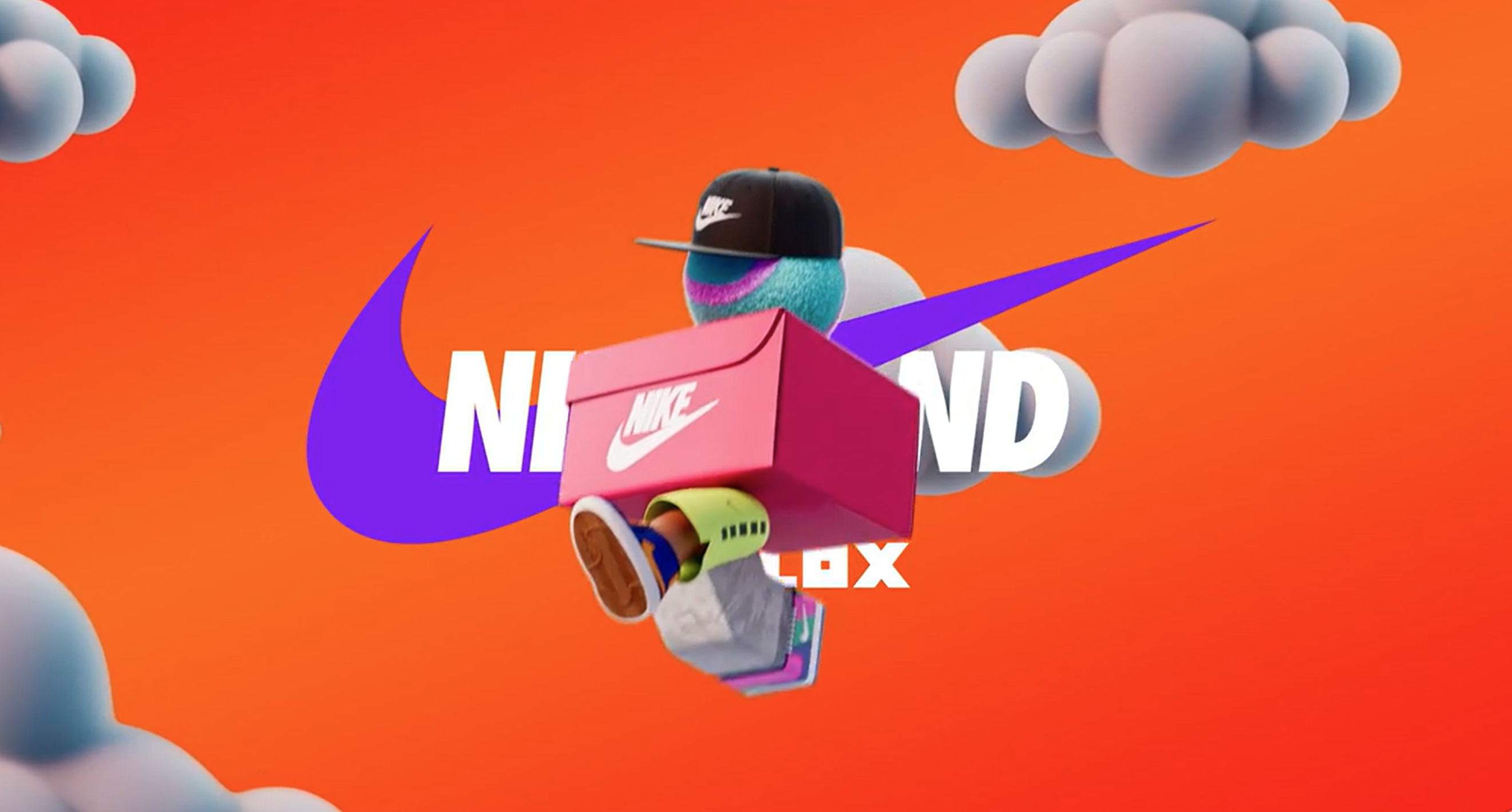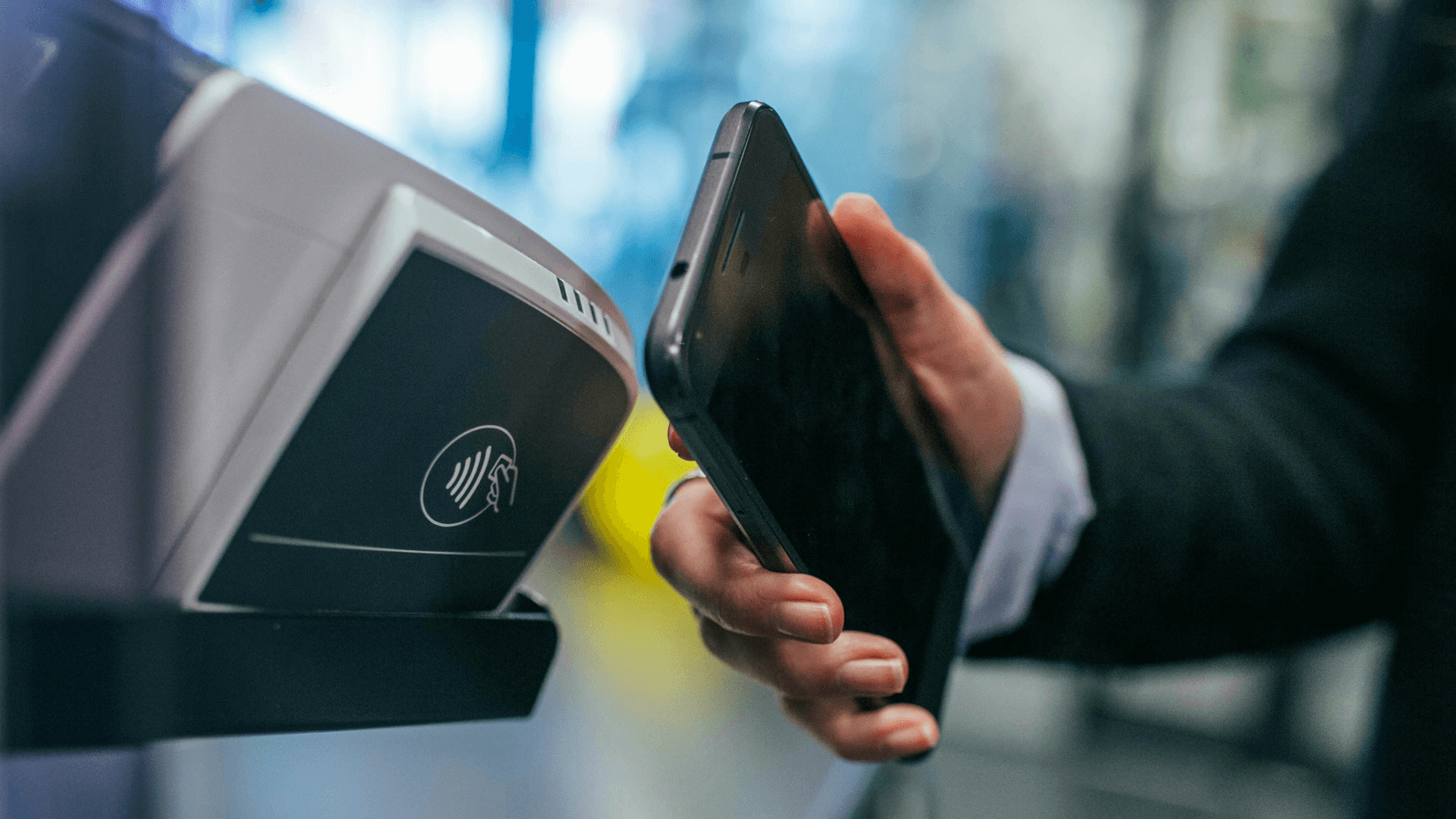The Power of Sponsorship: Lessons from the Tiger Woods-Nike Partnership

The golf legend Tiger Woods has just announced that his sponsorship with Nike is ending. In the arena of business and sports, strategic sponsorships stand as a cornerstone, shaping brands and careers alike. The nearly three-decade-long partnership between Woods and sportswear giant Nike, involving around $500 million, offers rich insights into this dynamic. This article explores the multifaceted world of sports sponsorships, drawing critical lessons for business students from the Woods-Nike collaboration and other global examples.
1. The Genesis of Sports Sponsorships
The initiation of sports sponsorships dates back to the desire of brands to mirror the values of sports – excellence, determination, and teamwork. Tiger Woods’ alliance with Nike since 1996 exemplifies this. This partnership was not merely about brand visibility, but about embodying a shared ethos of breaking barriers and achieving excellence.
2. Mutual Benefits in Sponsorships
The Woods-Nike relationship underscores the mutual benefits of sports sponsorships. For Nike, associating with Woods meant not only increased brand visibility but also significant boosts in sales and stock value, especially evident after Woods’ major victories. Conversely, Woods enjoyed the financial backing and global platform that Nike provided, showcasing the symbiotic nature of such partnerships.
3. Overcoming Controversies
The Woods-Nike saga also illustrates how sponsorships can weather controversies. Nike’s decision to stand by Woods during his personal and professional trials speaks volumes about brand loyalty and the importance of long-term commitments in sports sponsorships, providing a key lesson in crisis management and brand resilience for business students.
4. The End of an Era
The end of this iconic partnership signals the changing tides in the business world, reflecting strategic shifts and market adaptations. It highlights the necessity for businesses to stay agile and responsive to industry and market changes, an essential lesson for future business leaders.
5. Impact on Athletes’ Careers
The role of sponsorships in shaping an athlete’s career trajectory is substantial. Woods’ journey post-Nike, including his switch to other brands, sheds light on the ongoing strategic decisions athletes face in maintaining their market value and performance.
6. Future of Sports Sponsorships
Looking ahead, sports sponsorships are evolving rapidly with new media and emerging sports sectors like e-sports gaining prominence. This evolution necessitates a keen understanding of technology’s role and changing consumer preferences, essential areas for business students to explore.
7. Global Sponsorship Trends
Globally, the landscape of sports sponsorships is diversifying. In soccer, high-profile players like Messi and Ronaldo have inked monumental deals, underscoring the global influence of sports sponsorships. Similarly, in cricket, top players are attracting significant sponsorships, indicating the broadening scope and appeal of sports marketing.
8. Financial Impacts of Sponsorships
The financial implications of sponsorships are profound and far-reaching. Beyond direct athlete endorsements, sponsorships can significantly influence consumer behavior, drive sales, and impact related industries.
9. Case Studies of Other Athletes
Beyond the Woods-Nike partnership, the world of sports sponsorships has seen numerous notable alliances that offer valuable lessons:
- LeBron James and Nike: LeBron James, a prominent figure in basketball, signed a lifetime deal with Nike, reportedly worth over $1 billion. This deal, unprecedented in its duration and value, demonstrates the potential of long-term partnerships in sports sponsorships. It highlights the importance of personal brand value and the strategic decision by brands to invest in enduring relationships with athletes whose influence transcends their sports.
- Roger Federer and Uniqlo: In a significant shift, tennis legend Roger Federer ended his long-standing relationship with Nike to sign a 10-year, $300 million deal with Japanese brand Uniqlo in 2018. This move underlines the strategy behind sponsorship deals that focus on personal brand alignment and the athlete’s market appeal beyond their active sports career. Federer’s global appeal and his persona, which aligns with Uniqlo’s brand identity of sophistication and simplicity, make this partnership a classic example of strategic brand-athlete alignment.
- Cristiano Ronaldo and Nike: Soccer superstar Cristiano Ronaldo’s lifetime contract with Nike, valued at $1 billion, underscores the global appeal and market influence top athletes hold. Ronaldo’s massive social media following and global fanbase make him an invaluable asset for Nike, demonstrating how modern athletes can leverage their personal brand and digital presence in sponsorship deals.
- Virat Kohli and Puma: Indian cricketer Virat Kohli’s deal with Puma, valued at around $100 million, is one of the largest in cricket. This partnership illustrates the growing market for sports sponsorships in regions like South Asia and the potential for athletes in sports outside of the traditional Western focus areas to garner significant sponsorship deals.
For business students, understanding the strategic considerations in sponsorships is crucial. This includes identifying the right brand-athlete fit, assessing market trends, and navigating contract negotiations. The evolving landscape demands a keen eye for emerging opportunities and potential risks.
Conclusion
The journey of Tiger Woods and Nike, spanning decades, transcends the realm of a typical business transaction. It embodies lessons in strategic marketing, brand stewardship, and adaptability in an ever-changing global market. For aspiring business professionals, grasping these intricacies is crucial for navigating the future of sports sponsorships and broader business challenges.











